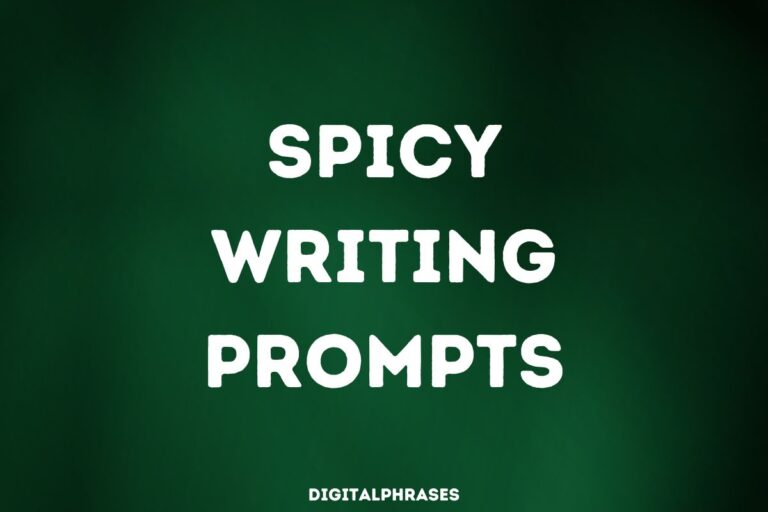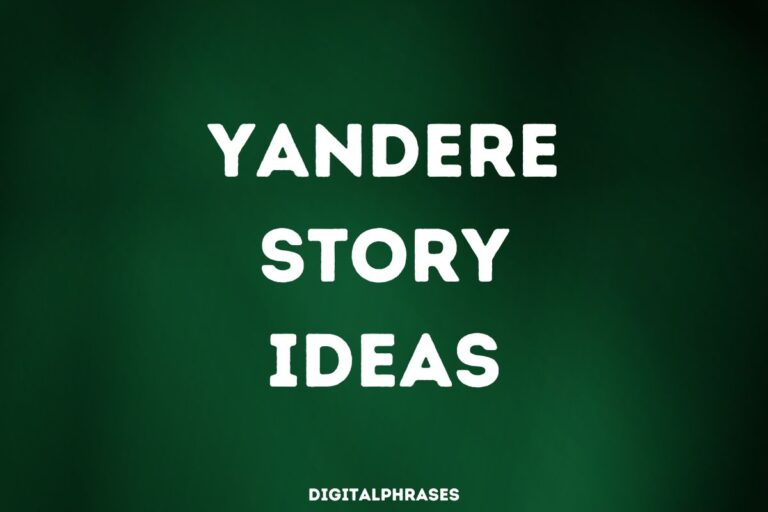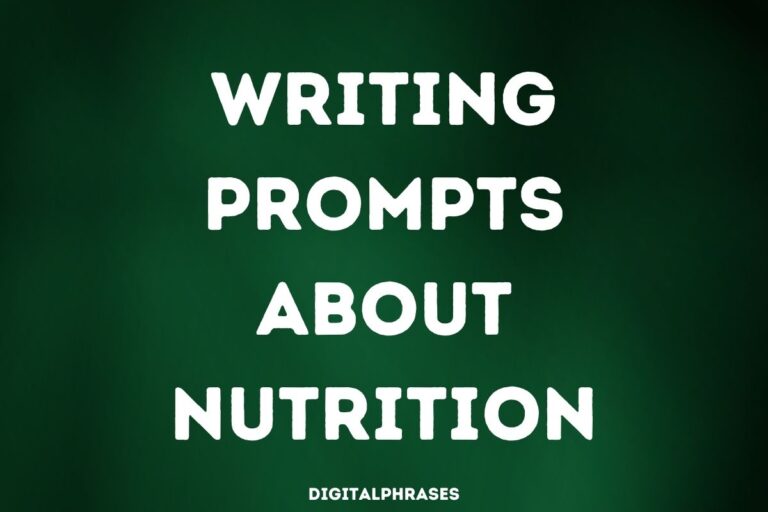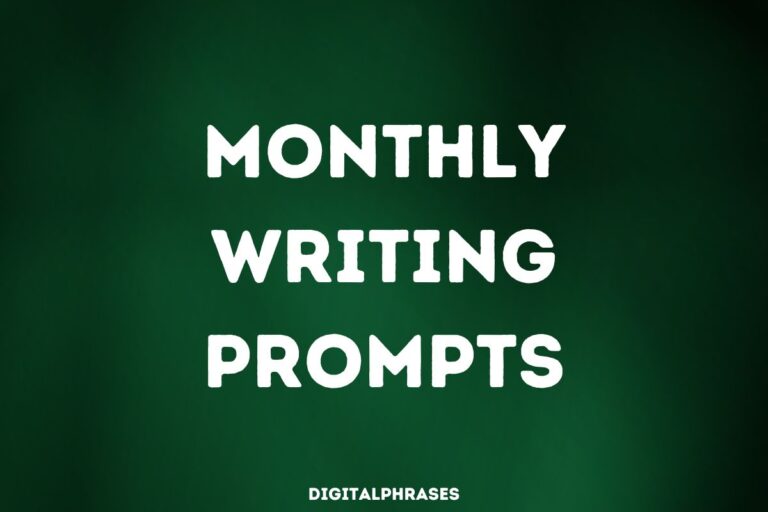24 Writing Prompts About Banned Books
Words can be pretty damn powerful, right?
So powerful that some folks throughout history have freaked out and tried to lock certain books away from everyone else.
These books?
They’re the rule breakers of the book world. They challenge the status quo, give the finger to authority, and explore ideas that some folks in charge find scary.
Basically, they’re the forbidden fruit of literature – super tempting because they’re hidden and a little bit naughty, but also because they have the potential to change the way you see things.
So, buckle up!
We’re about to explore the wild world of banned books. We’ll crack open why they got locked away in the first place, and dive into some deeper questions about freedom, censorship, and the magic that words can hold.
Writing Prompts about Banned Books
The Absolutely True Diary of a Part-Time Indian by Sherman Alexie gives a voice to a young Native American navigating two worlds. Write a story from the perspective of a teenager who feels like an outsider in their own community. How does their cultural identity shape their experiences, and how do they find their voice to express themselves? Challenge the idea that a single story can’t represent the experiences of many.
Toni Morrison’s The Bluest Eye explores themes of racism and self-hatred. Imagine a world where people are praised for their natural beauty, regardless of race. Write a fictional news article from this world reacting to the discovery of a banned book from the past that promoted colorism and negative self-image. How does understanding the past help us create a better future?
Thirteen Reasons Why by Jay Asher sparked controversy for its portrayal of teen suicide. Write a public service announcement from the perspective of a mental health professional addressing the complexities of teen mental health and the importance of open communication. How can we use stories to raise awareness without sensationalizing sensitive topics?
The Captain Underpants series by Dav Pilkey has been challenged for its silly humor. Write a children’s story that celebrates the power of imagination and the importance of finding joy in the everyday, even when faced with those who try to impose limitations. Can humor be a powerful tool for challenging authority?
Gender Queer: A Memoir by Maia Kobabe explores themes of gender identity. Write a fictional dialogue between two teenagers, one questioning their own gender identity and the other struggling to understand it. How can open and honest communication foster empathy and acceptance? Is it important for stories to represent experiences different from our own?
Margaret Atwood’s The Handmaid’s Tale paints a chilling portrait of a totalitarian regime. Write an alternate ending to the story where the oppressed rise up against the oppressive forces. What role do stories play in sparking resistance against injustice?
Slaughterhouse-Five by Kurt Vonnegut explores the horrors of war through a fragmented narrative. Write a short story using a non-linear style to depict a character’s experience with a traumatic event. How can innovative storytelling techniques convey the complexities of human experience?
Stephen Chbosky’s The Perks of Being a Wallflower delves into the challenges of adolescence. Write a coming-of-age story from the viewpoint of a shy teenager who finds a unique group of friends who challenge societal norms. How does embracing individuality lead to personal growth, even if it ruffles feathers? Is it more important to fit in or to be true to yourself?
Looking for Alaska by John Green explores themes of loss and grief. Imagine a world where strong emotions are forbidden to protect people from pain. Write a fictional short story about a young person who discovers an old diary filled with raw emotions, leading them to question this emotionless society. Is a life without sadness truly a life worth living?
I Am Not Your Perfect Mexican Daughter by Julia Alvarez tackles issues of cultural identity and family expectations. Write a letter from a teenager to their parent, expressing the struggles of feeling caught between cultural traditions and personal aspirations. How can stories bridge the gap between generations and foster understanding?
To Kill a Mockingbird by Harper Lee explores racial prejudice in the American South. Write a story set in the same time period but from the perspective of a young Black character witnessing the trial of Tom Robinson. How does experiencing injustice firsthand differ from seeing it through the lens of others? Can stories challenge deeply ingrained biases?
The Handmaid’s Tale by Margaret Atwood explores a future where religion is used as a tool for control. Write a debate between two characters, one a devout believer in the oppressive regime and the other a secret dissenter questioning the established faith. Can faith be a force for good, or can it be misused for control?
The Absolutely True Diary of a Part-Time Indian by Sherman Alexie gives voice to the struggles of marginalized communities. Write a story from the perspective of a character who encounters someone from a completely different background. How can understanding another’s experiences foster empathy and acceptance? Can stories bridge cultural divides?
Censorship by Omission: Imagine a society where history is heavily sanitized, and important events are left out of official records. Write a fictional news report uncovering a hidden historical document that sheds light on a controversial event from the past. Why is it important to learn about the good and the bad of our history?
Drama by Raina Telgemeier is a graphic novel that tackles the complexities of middle school life. Write a comic strip depicting a teenager grappling with a personal issue they feel too embarrassed to discuss openly. How can creative expression offer a safe space for exploring difficult emotions? Can comics be a powerful medium for storytelling and self-discovery?
The Hate U Give by Angie Thomas delves into themes of police brutality and racial injustice. Write a song (rap or another genre) from the perspective of a young person who witnesses a police shooting and uses their voice to demand change. Can art be a powerful tool for social activism?
All Boys Aren’t Blue by George M. Johnson explores experiences of masculinity that challenge traditional norms. Write a fictional interview with a professional athlete who came out as gay or transgender, discussing the challenges they faced and the importance of representation. Can stories inspire courage and acceptance for those who feel different?
Racism, Antiracism, and You by Jason Reynolds & Ibram X. Kendi tackles the history of racism in the United States. Write a fictional courtroom drama where a historical figure notorious for racist actions is put on trial in a modern court. Can confronting the past help us create a more just future?
Slaughterhouse-Five by Kurt Vonnegut blends science fiction with war themes. Write a fictional news article from the future where a scientific discovery challenges long-held beliefs about the world, sparking controversy and debate. How can stories explore the ethical dilemmas of scientific progress?
The Adventures of Captain Underpants (series) by Dav Pilkey has been challenged for its disruptive humor. Write a humorous story from the perspective of a student who uses creativity and wit to make learning fun and engaging, even if it ruffles a few feathers. Can humor be a powerful tool for education?
Identical by Ellen Hopkins explores the psychological effects of growing up as a twin. Write a story from the perspective of one identical twin who feels overshadowed by the other. How can stories give voice to the struggles of feeling unseen or unheard? Is it important for individuals to have their own unique identity?
The Bluest Eye by Toni Morrison explores themes of racism and self-hatred. Write a story set in the same time period but from the perspective of a young Black character who embraces their natural beauty and defies societal expectations. Can stories challenge beauty standards and promote self-acceptance?
The Catcher in the Rye by J. D. Salinger explores themes of alienation and teenage angst through the voice of an unreliable narrator. Write a story from the perspective of a character who misinterprets the actions or words of another person, leading to a misunderstanding. How can unreliable narrators challenge readers’ perceptions and encourage critical thinking?






